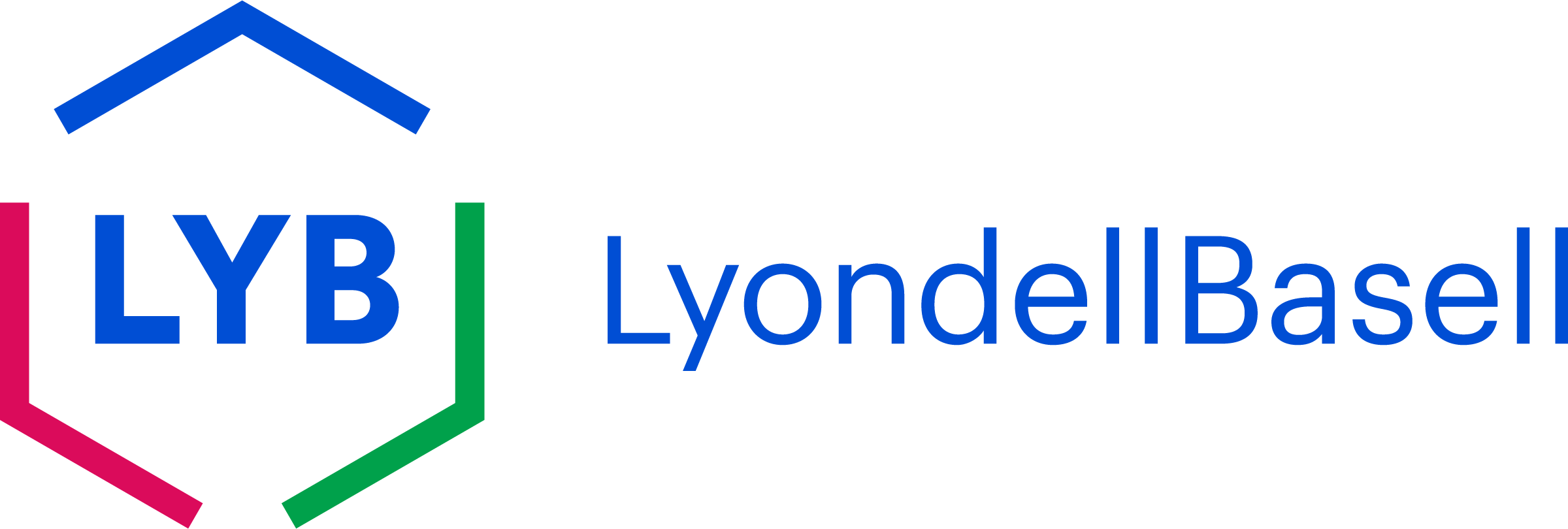 |
|
Chris Tagoe |
Upon beginning my career as a Process Engineer, I quickly learned about the potential hazards associated with our industry. There was the Piper Alpha explosion in the North Sea, and two polymer plant explosions on the Houston ship channel. As a result of these incidents, which resulted in dozens of fatalities, I quickly came to understand the importance of safety and why it has to be at the core of what we do in our industry every single day. As my career has progressed, this foundational learning informs every decision I make. The work I’ve done at various companies and continue to do now at LyondellBasell as SVP of HSE is no different. Whether we are considering personal, process or product safety, or even environmental performance, it is all about people, the preservation of healthy lives and livelihoods.
At LYB, we recognize that people are our most valuable asset and their safety should therefore be prioritized above all else. Building off the LYB approach, I’d like to share with you some of my lessons learned about the components of an effective safety program.
Safety Performance Practices [or Critical Components]
- An effective management system. At LYB, our manufacturing facilities operate under a set of standards which we call our Operational Excellence standards. These set the standard for risk tolerance and define the absolute minimum processes and systems that must be in place at every site to manage health and safety. Defining risk tolerance is essential because we all naturally accept different levels of risk whether in personal or professional settings. This is evident, for example, in our different hobbies: bird watching, auto racing, riding motor bikes, scuba diving, playing an instrument, sky diving, hiking, etc. Hence, a company has to be absolutely clear on its standard of risk tolerance.
- Optimal tools and environment. Workers must be equipped with the right tools and take into account ergonomics and other important factors related to worker characteristics such as height, weight and strength. Additionally, as human performance can be significantly impacted by outside conditions like temperature, humidity and noise level, an optimal operating environment is important.
- Training alone is not enough. Workers need the right level of competence in order to have great safety performance. The science tells us that as much as 70% of our competence comes from performing a task. Hence our training programs use a mentor/mentee approach and are not only dependent on classroom training.
- The right culture. As Peter Drecker famously wrote, “culture eats strategy for breakfast.” The best laid plans are ineffective if the culture does not support a caring workforce that strives for operational excellence. For example, we often hear about stop work authority and how it is ineffective in cultures that do not allow open discussion or a challenge of a work plan. A great safety culture empowers team members to monitor each other for distractions and correct deviations from designed procedures and practices. A great culture also strives to understand technology and appreciates its limits. There is a clear commitment and discipline about operating within the safe envelope of the design.
There are also significant challenges to executing an effective HSE program.
Safety Performance Challenges
- People make mistakes. In every aspect of our lives, mistakes are an inevitable part of being human. However, human error under the wrong circumstances can result in significant tragedy and cost. The challenge of the industry has been to identify how to make up for this human tendency and ensure the impact of errors are minimized or eliminated. At LYB, we have initiated an effort to deploy technologies and knowledge about Human & Operational Performance (HOP) at our facilities. A pilot program has shown great potential, and we continue to explore, learn and roll out our program to additional sites.
- Systems deteriorate over time. Even the best administrative systems become less effective over time. The more complex the process and the more people involved, the faster it deteriorates. This is because people lose track of the intent. They look for short cuts in the name of efficiency, and in so doing, the administrative process fails because people are not strictly adhering to guidelines. Audits, both formal and informal, and a compliance culture are important to stem this deterioration.
- Peer pressure and the need to conform cannot be underestimated. As humans we have a natural group or crowd alliance. The best intentions can be foiled if there is a perception of being seen as acting against the tribe or the ‘we’ve always done it this way’ mentality. The solution is to continuously work on a culture of safety first. We call this GoalZero at LYB. It serves as a true north to align everyone on expected safety behaviors and the obligation we all have to pause and question when things do not appear safe.
The LYB Approach
At LYB, we recognize that safety excellence is never done. It requires continuous messaging, promotion and support, and it needs to be woven into the fabric of the culture. We also know that HSE events never take a break and require continuous resourcing. We are committed to investing in the upkeep of our facilities and continuing to explore new technologies, such as Human Operational Performance, AI and digitalization.
LYB recently announced new values, one being “we champion people.” This statement is rooted in our understanding that safety matters are business matters, but, more importantly, it speaks to our belief in looking out for and caring about each other. At LYB, maintaining leading safety performance is a critical component to supporting the safety and well-being of our colleagues and communities.

